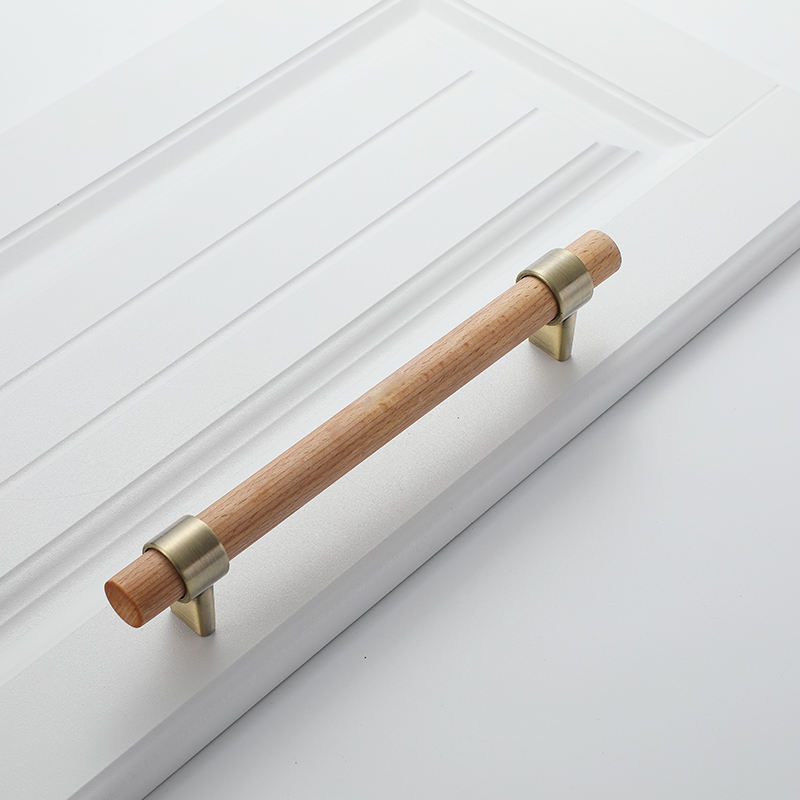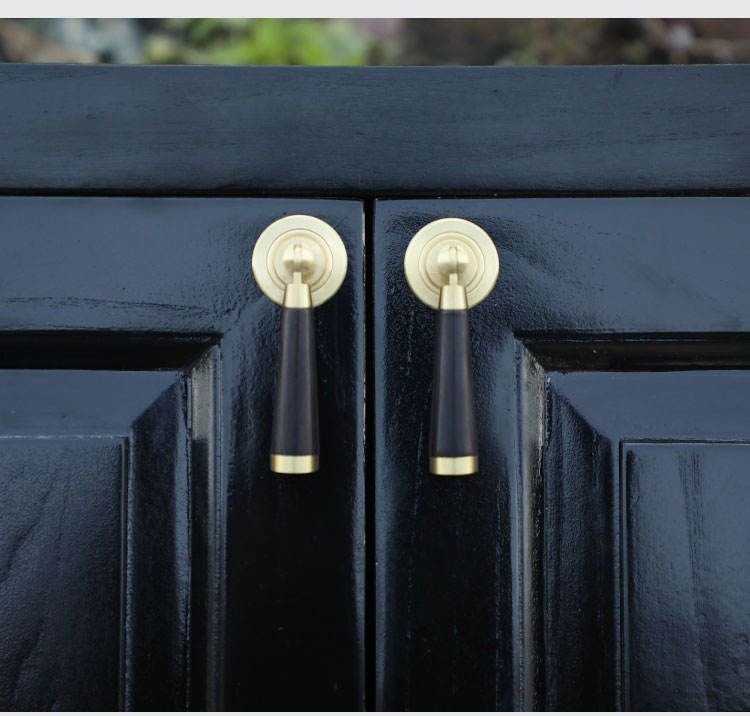Replacing wooden handles on your tools can breathe new life into old and worn-out equipment. Here’s a step-by-step tutorial to guide you through the process:
Materials and Tools You’ll Need:
- New wooden handles (pre-made or custom crafted)
- Hammer or mallet
- Chisel
- Sandpaper (various grits)
- Wood glue or epoxy adhesive
- Clamps
- Varnish, oil, or finish of your choice
- Safety goggles and gloves
Step 1: Prepare Your Workspace Choose a well-lit and ventilated area to work in. Lay out all your tools and materials for easy access. Put on your safety goggles and gloves to protect yourself.
Step 2: Remove the Old Handle
- Use a hammer and chisel to carefully remove any wedges or fasteners securing the old handle to the tool head.
- Gently tap the tool head against a wooden block to dislodge the old handle. Be cautious not to damage the tool head during this process.
Step 3: Clean the Tool Head Inspect the tool head for any residue or debris from the old handle. Clean it thoroughly to ensure a clean bonding surface for the new handle.
Step 4: Fit the New Handle
- If you’re using a pre-made handle, make sure it’s the right size for your tool head. If you’re crafting a custom handle, ensure it’s shaped and sized correctly.
- Test fit the handle onto the tool head to make sure it fits snugly.
Step 5: Shape the Handle If the handle requires adjustments to fit properly or if you want to customize the shape for comfort, use a chisel, rasp, and sandpaper to shape the handle to your liking. Pay attention to the ergonomic grip.
Step 6: Apply Adhesive
- Apply wood glue or epoxy adhesive to the end of the handle that will be inserted into the tool head. Make sure to use an adhesive suitable for woodworking.
- Insert the handle into the tool head, ensuring it’s aligned correctly.
Step 7: Secure with Clamps Use clamps to secure the handle firmly in place. Wipe away any excess adhesive that squeezes out. Follow the adhesive manufacturer’s instructions for drying and curing times.
Step 8: Allow Adhesive to Cure Let the adhesive cure according to the manufacturer’s instructions. This typically takes several hours to overnight.
Step 9: Sand and Finish
- Once the adhesive is fully cured, remove the clamps. Use sandpaper to smooth out any rough edges and create a uniform surface.
- Apply a finish to the handle, such as varnish, oil, or wax, to protect the wood and enhance its appearance. Follow the finish manufacturer’s instructions.
Step 10: Reassemble and Test Reassemble the tool head with the new handle. Test the tool to ensure it feels comfortable and secure during use.
Step 11: Maintenance Advise the user on how to maintain the new handle for longevity, including recommendations for periodically checking for wear, reapplying finishes, and avoiding exposure to moisture.
Replacing wooden handles on your tools can be a rewarding DIY project that extends the life of your equipment. Just remember to prioritize safety and take your time to ensure a proper and secure fit.


